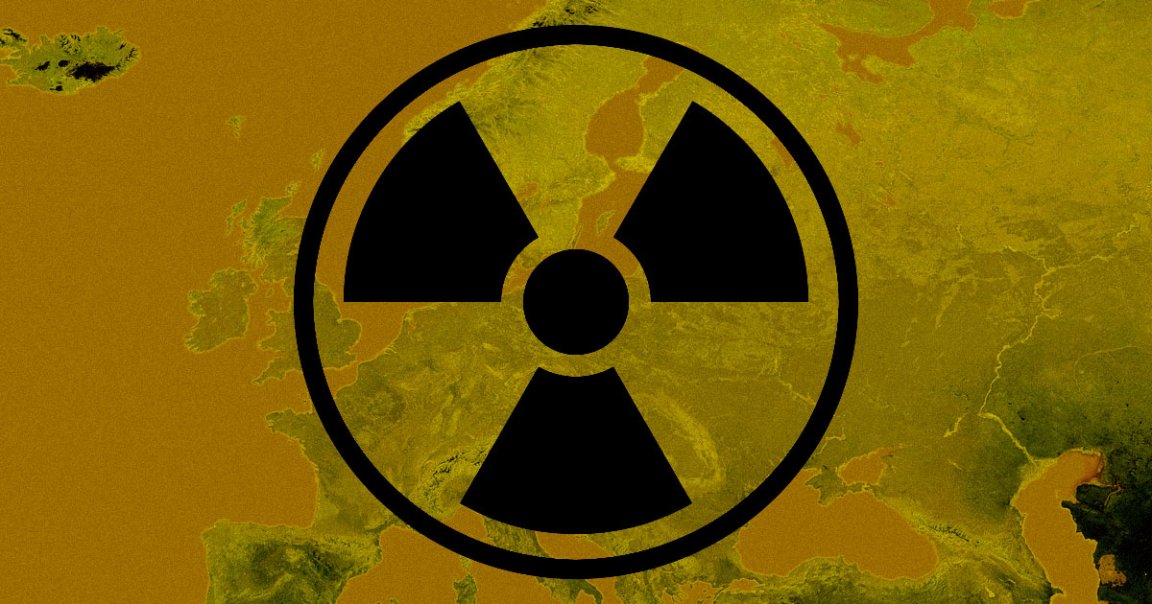
Call A Plumber
Radiation sensors in Stockholm recently identified what seems to be a leak of radioactive isotopes coming from somewhere near the Baltic Sea.
While the level of radiation isn’t dangerous to humans, Reuters reports, it is well above expected levels. It suggests, according to a map tracing the leak’s source, that a nuclear power plant seems to have sprung a leak somewhere near Finland or Russia.
Test Ban
Sensors like the one that detected the leak were put in place to spot and deter nuclear weapons tests, Reuters reports. But that doesn’t seem to be what caused the spike in radioactivity.
“These are certainly nuclear fission products, most likely from a civil source,” a spokeswoman from The Comprehensive Nuclear-Test-Ban Treaty Organization (CTBTO), the organization that operates the radiation monitoring stations, told Reuters.
Off The Clock
But aside from the vast swathe of land that CTBTO identified as a possible point of origin, Reuters reports that the organization doesn’t plan to investigate the leak further.
“We are able to indicate the likely region of the source, but it’s outside the CTBTO’s mandate to identify the exact origin,” the CTBTO spokeswoman told Reuters.
READ MORE: Sensors detect rise in nuclear particles on Baltic Sea, global body says [Reuters]
More on radiation leaks: Did Russia Cover Up a Radiation Leak 100x Worse Than Fukushima?